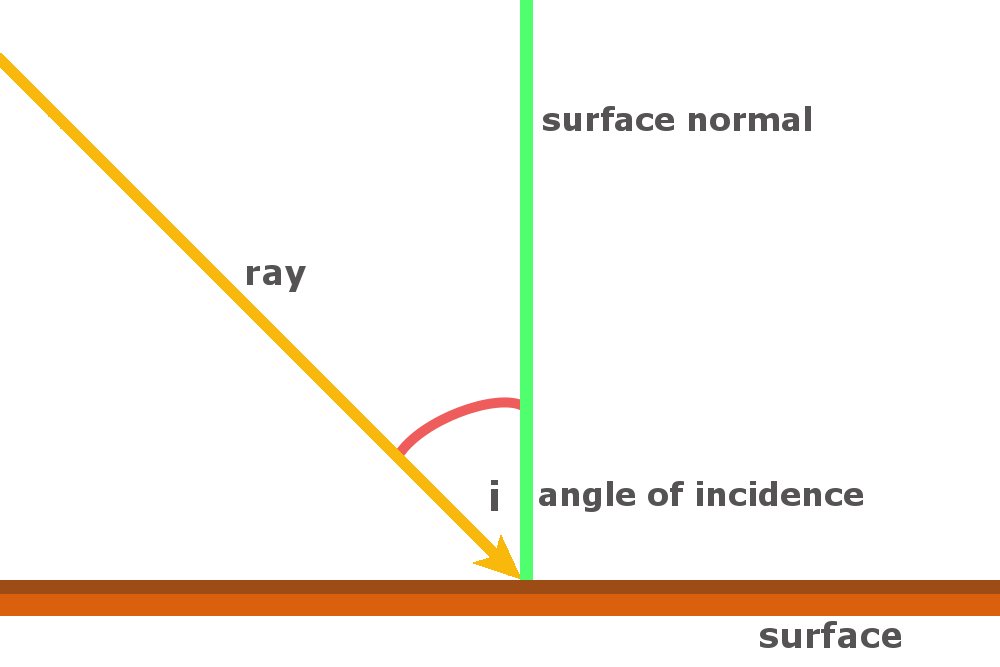
The incident ray is a ray from the light source incident on the plane mirror. To understand reflection using the ray model, we need to first define certain terms.

However, when analyzing the behavior of light using the ray model, we use just one, two, or three rays to show the path of the rays and image formation. There are numerous rays coming from a single source. Nearly all of the light is reflected back. A plane mirror is a highly polished surface with minimal absorption or refraction of light. Discussion of Principles Reflection by a Plane Mirror When light is incident on a surface, some of the light is reflected back while some of it is transmitted or absorbed. These values for the angle of incidence and refraction are consistent with Snells Law. The angle of refraction in the air is approximately 57°. At this angle, the light refracts out of the water into the surrounding air bending away from the normal. In this experiment, you will examine how light rays behave due to reflection and refraction in plane surfaces. The angle of incidence in the water is approximately 39°. When these rays encounter a mirror, lens, or prism, for example, they bend or change direction. In geometric optics light is represented as rays coming from a light source.

Lenses and mirrors are the basic components of many common optical devices such as cameras, telescopes, eyeglasses, binoculars and microscopes.

Image formation by lenses and mirrors is explained by these two laws. The law of refraction, however, was not formulated mathematically until almost 1500 years later. After describing the four different types of reflection, Karl goes on to explain the angle of incidence and the angle of reflection. The law of reflection was known to the ancient Greeks who made measurements that supported this law. Lab 10 - Reflection and Refraction Introduction Geometric optics is one of the oldest branches of physics, dealing with the laws of refraction and reflection.


 0 kommentar(er)
0 kommentar(er)
